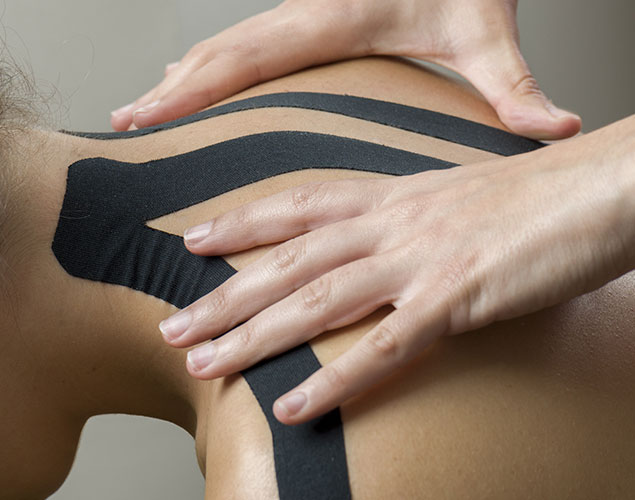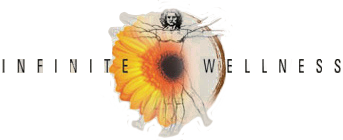
Applied Kinesiology
When doing any kind of support at Infinite Wellness you will find that we, when needed, utilize many forms of testing such as laboratory (blood), stool, saliva, and at every appointment we utilize Biofeedback in conjunction with Applied Kinesiology. There have been many questions by client about what Applied Kinesiology actually is and how and why this method has been so effective in helping to determine protocols for patients.
Described by Susan L. Levy, D.C. and Carol Lehr, M.A., in their book “Your Body Can Talk,” on the frontier of healing arts, Applied Kinesiology, or muscle testing, applies to a non-traditional, bio-energetic method which allows us to “unlock” or ascertain the body’s hidden messages, and obtain insightful answers to health problems you have been searching for through more traditional approaches, and can help determine which nutrients, and/or treatment principles that will be required in order to sustain homeostasis in the body.
How Applied Kinesiology Works
Applied Kinesiology(AK)/Muscle Testing is a system that evaluates structural, chemical and mental aspects of health using manual muscle testing in conjunction with other standard methods of diagnosis including Biofeedback and laboratory testing. Through this unique feedback system of muscle testing, you can learn how to interpret your own special “body language.” Your body can “talk” through asking the body specific questions and obtaining answers through the weakness or strength of a response. This technique helps gain valuable information that cannot be obtained through traditional types of laboratory testing or system analysis. This vibration energy alone exerts tremendous power to produce information and ideas to solutions of complex problems in the body. “Your body works like a powerful living computer,” Susan Levy describes, “each microscopic cell and bit of energy within that cell alone exerts tremendous power to produce solutions to complex problems in the body.” Applied Kinesiology employs simple ways to tap into these same electrical connections that run the “software” system in your body. When a practitioner “taps” into your body’s software system by testing a designated muscle, the muscle responds either strong or weak; the brain’s way of saying “yes/on” or “no/off.”
The Reticular Activating System
All messages from your sensory, visual, auditory and other nerve endings, including all thoughts, are processed through the brain. The brain must immediately decide what is important and what is not at any time. The part of your subconscious mind which regulates that special software program in your body is called the Reticular Activating System. This system functions as a filtering system—working to filter data into either your conscious or unconscious. Needed information lies just below the surface for recall and specifically to monitor the body. If the system records an imbalance, you are notified immediately by your body and mind working together to create a symptom.
As shown in the book “Applied Kinesiology: Muscle Response in Diagnosis, Therapy and Preventative Medicine,”by Tom Valentine, Carol Valentine and Douglas P. Hetrick, a practitioner using Applied Kinesiology can evaluate various bodily functions by testing muscles and present with a fairly accurate picture of the conditions and needs of your glands, lymph system, nervous system, circulation, and muscle and bone structure. A practitioner using Applied Kinesiology during an examination will add a new dimension to a standard diagnosis or treatment.
History of Applied Kinesiology
The history and ongoing research and uses of Applied Kinesiology as share by the International College of Kinesiology www.ICAK.com , is that it is a practical and reliable tool that has strongly emerged in the last 20 years, but first appeared in 1964 being discovered and taught by Dr. George J. Goodheart, Jr.
Today, there are thousands of competent clinical and practical researchers contributing to the ever-growing body of knowledge represented through the many practitioners associated with The Kinesiology Network www.Kinesiology.net. The list of AK practitioners includes, Psychotherapists, Medical Doctors, Chiropractors, Naturopathic Doctors, Acupuncturists, Massage Therapists, and the like. All the physicians who have taken the time and effort to learn about Applied Kinesiology have learned to put it to very effective use in their own practices.
